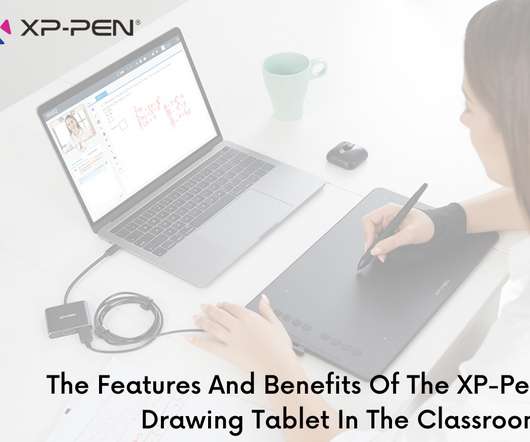And the top e-learning trends for 2016 are.
Neo LMS
DECEMBER 3, 2015
First, mobile learning. Sure, there were lots of devices released in 2014 and the years before, but 2015 was the mobile age. And learning platforms are starting to get mobile developers to publish mobile apps and have them updated on a regular basis. Classrooms will finally become cloud-centric.















Let's personalize your content